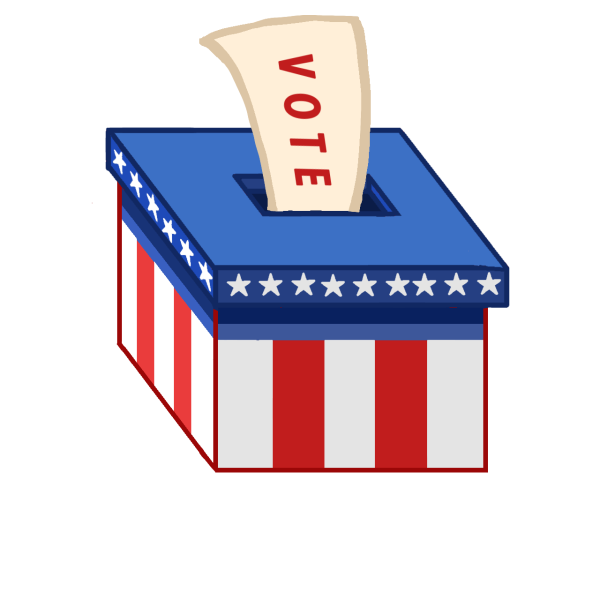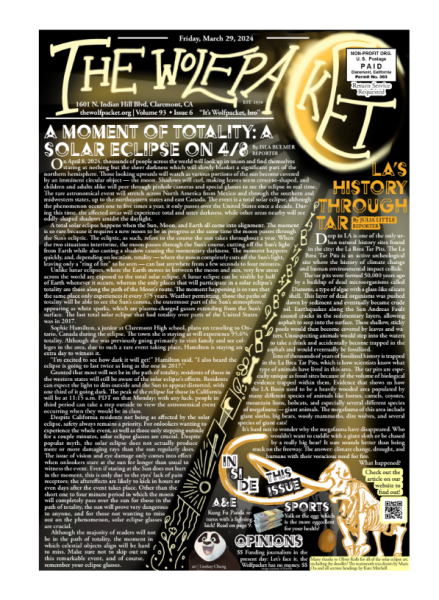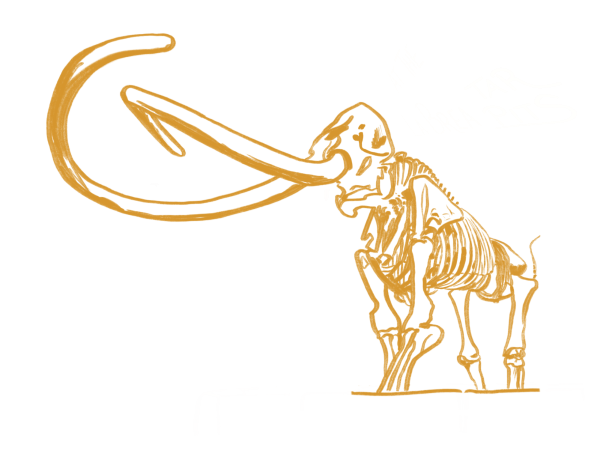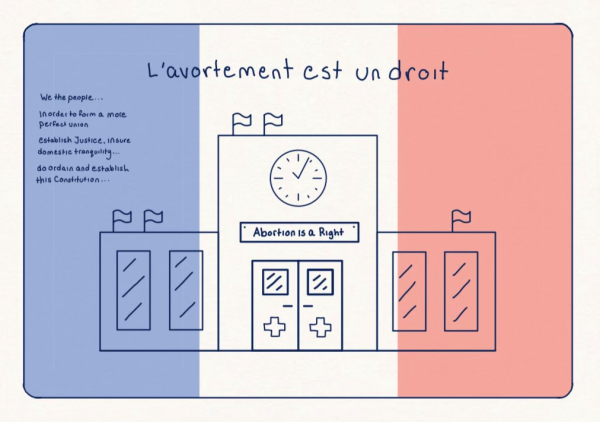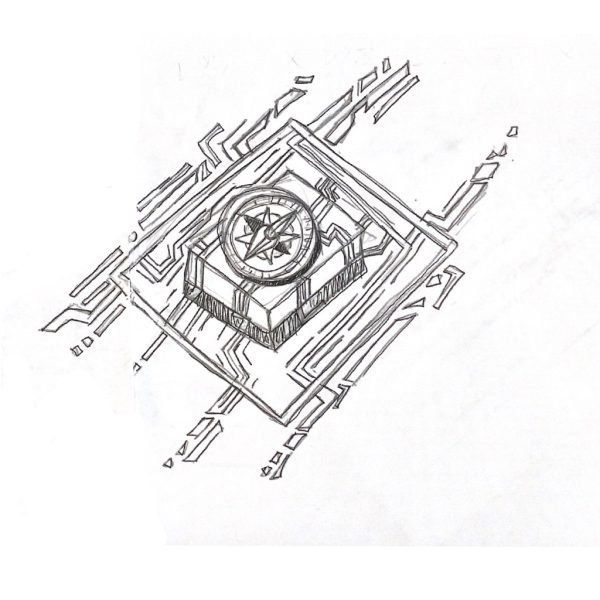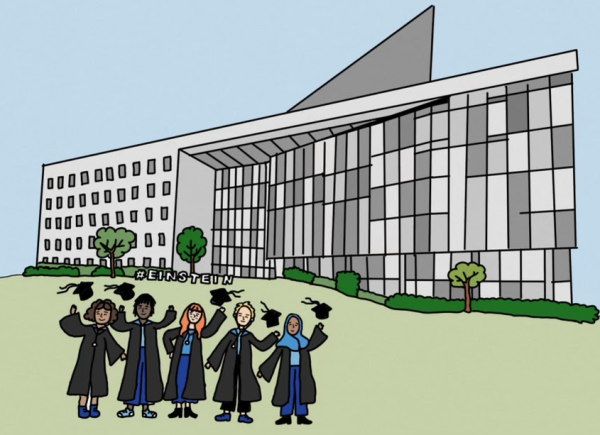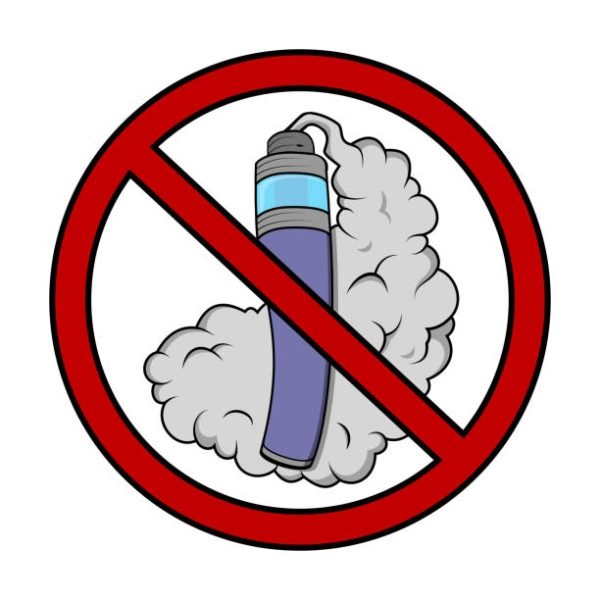Students Wear a Smile for the New and Improved Dress Code
In response to the student-driven protest and petition for the withdrawal of the new dress code over the summer, many parents, staff, and student activists from diverse clubs on campus such as the Black Student Union, Feminist Club, and LGBQT+ Gender Alliance Club urged for a modification of the dress code. Last month, a committee was formed and called to order by CHS’ assistant principal, Clara Dehmer, in an attempt to amend the current dress code in a way that will satisfy everyone in the school by eliminating gender, sexual, and racial discrimination that was evident in the the current and new dress code. Ms. Dehmer had contacted students whom had been involved in the protest or were passionate about modifying the dress code. In total, the members amounted to 16 people in total: six female students, two male students, three teachers, three parents, and two administrators. The first meeting was held on Nov. 2, and the most recent meeting was held on Nov. 30, both taking place in the 800s quad conference room.
The overall objective of the committee is to create a new dress code that will aim to satisfy everyone at CHS rather than following tradition and stereotypeS. The original dress code heavily targeted the female gender by banning clothing that revealed too much skin, such as off-the-shoulder tops. To gain perspective, two pieces of literature about sex discrimination and the sexualization of females in public school dress codes were read by committee members to be used as a basis for the new dress code: one from the Richmond School of Law and the other from the American Psychological Association.
“As a woman and mother of three girls, I am concerned with sexism and gender stereotypes,” AP Language Arts and Literature teacher and Dress Code Committee member Kimberly Watkins said. “Personally, I am hopeful that this small and seemingly insignificant policy will be one step toward addressing the pervasive sexism in our culture.”
Enforcement policies were also discussed because the members of the committee wanted a new and universal method of enforcement that all teachers and staff will follow when persecuting students. There was a suggestion from a member of the committee that described a scenario where if the student seems to be violating the code, rather than directly confronting the student, the teacher would email a school administrator who would then report to the scene to observe and confirm whether or not it was truly an offense worthy of dress coding before taking action. This way, the matter is dealt with quietly and in a respectful manner that will not embarrass the student in front of his or her peers. In other words, discretion is emphasized when it comes to dress coding students, a matter that was not stressed before. However, the consequences remain the same. Students who are dress coded will be required to wear their shirt inside out or change their outfit depending on their violation.
Currently the dress code committee has completed their draft and sent it to the school administration, ASB, Leadership team, and the staff and student voice committee which are separate from the dress code committee- for comment and feedback. If necessary, the draft will be marked with suggestions and sent back to the dress code committee which will then meet to finalize the dress code. CHS Principal Dr. O’Connor anticipates that the official code will be released by the beginning of second semester, followed by an immediate and clear notice to parents and students of its implementation.
Although the draft is still under revision, there has been some noteworthy changes and additions that have been made so far. According to senior Hannah Biering, officer of the Feminist Club and member of the Dress Code Committee, there are no longer any numeric measurements in the code, such as “shorts must be three inches along the inseam”. Instead, the rules are worded in an ambiguous and non–specific way that will allow students more freedom in the way they dress. The rules were also worded in a such a manner that it encouraged a more positive approach, where instead of “Students will not wear…” it becomes “Students will wear…”. A big change that happened to the dress code is that students are now allowed to wear spaghetti straps and off-the-shoulders with sleeves. The draft also eliminated all bans of do-rags, since the prohibition was regarded by the African American community as racially discriminatory.
“[The old dress code] addressed clothing items like do–rags (an accessory designed to maintain cornrows, a historically African hairstyle) with violence, drugs, and gangs,” senior and dress code committee member Henry Erickson said. “I along with other students felt that this implicitly associated black students with the aforementioned things, and decided to speak out about it.”
Mainly designed by students, there are high hopes that the new dress code will satisfy the majority of the student body at CHS, as it no longer has restrictions or elements that could possibly hinder students’ freedom of expression or ability to express their culture, race, or gender. The new dress code will undoubtedly reflect the diversity of CHS, and it is thanks to the passionate and devoted youth at school who have fought for what they believe is right and struggled to express their inner voice in order to make this possible for not only current students but for the many generations of CHS students to come.
Hello there! Our goal is to provide relavent, engaging journalism for readers of all ages. Your donation will support the student journalists of the Wolfpacket at Claremont High School, and will allow us to purchase equipment, print our monthly issues, and enter in journalism competitions. We appreciate your consideration!





